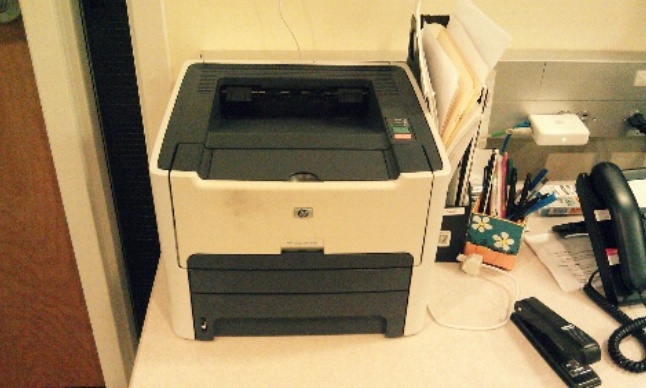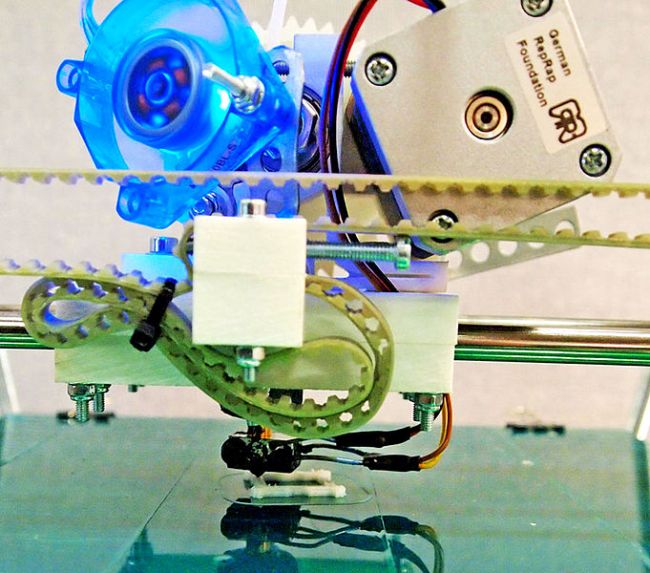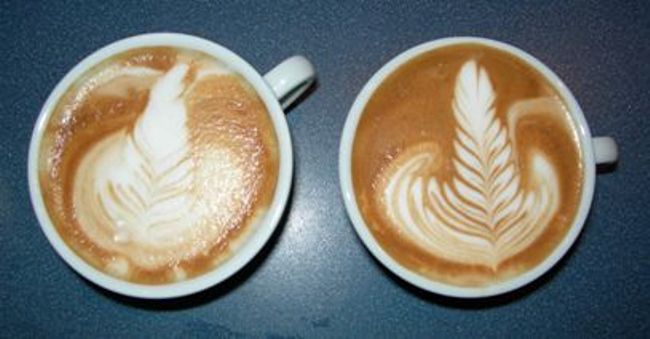Impressive but Unusual Printers You Probably Didn’t Know Existed
 Ever heard of coffee printing printers? How about printers that can output small statues of yourself instead of photos? Technology is indeed fascinating. Printers now are no longer limited to printing out photos. You can even have food prepared by a printer!
Ever heard of coffee printing printers? How about printers that can output small statues of yourself instead of photos? Technology is indeed fascinating. Printers now are no longer limited to printing out photos. You can even have food prepared by a printer!
Check out the following printers you may not have expected to be real:
1. Origami – A Recycled Cardboard Printer
Designed by Samsung Electronics engineers Min-chui Kim, Sang-in Lee, and Seung-wook Jeong, Origami is a printer built with an exterior made of recycled paper instead of the typical plastic. The makers claim that this printer has an exterior that is as durable as plastic. It is said to be using an origami-based assembly method. Of course, the internal components are not made of cardboard. They are the typical electronic components found in most printers.
Origami was bestowed a Gold rating at the annual Industrial Designers Society of America (IDSA) International Design Excellence Awards 2013.
2. LEGObot – A Lego-Made 3D Printer
Marvel at the wonders of ingenuity in this 3D printer called the LEGObot. It is a 3D printer created by engineering student Matthew Krueger using materials he already owned and sourced from friends. It uses hot glue as the base printing material.
The LEGObot, however, has a number of limitations. Being created by an amateur who does not have programming skills, every function needs to be manually programmed through the NXT software. Nevertheless, Krueger is working to have a filament extruder integrated with the system to make it possible to melt and recycle plastic materials such as empty milk bottles.
3. Color-Printing Typewriter
Well, this is not technically a printer in the contemporary sense but it outputs a printed document and is an interesting idea in mechanical printing. Invented by American painter Tyree Callahan, this “printer” is referred to as the “Chromatic Typewriter.” As the name implies, it prints out colors instead of letters, numbers, and symbols. It was created by modifying an old 1930’s typewriter. If you think ASCII and ANSI art are cool, this typewriter can allow you to do more interesting and colorful images.
4. Food Printer
Yes, such a thing exists. This is 3D printer technology applied to food preparation. It is designed and currently being further developed at the Computational Synthesis Laboratory of Cornell University. The 3D food printer can produce food products using a syringe manipulated by digital blueprints and models. The process of “printing” food is technically referred to as “solid freeform fabrication.”
So far, this food printer has prepared chocolates, cookies, and turkey meat. The earlier model of the food printer used only a single syringe but most recent version is now employing multiple syringes for faster printing and more intricate designs.
5. Omote 3D – The Statuette-Printing Photo Booth
Designed by Japanese creative agency PARTY, Omote 3D is a system that allows everyone to have statuettes created in their likeness. It employs a 3D printing machine that produces models of people in small, medium, and large sizes. If you think photos are not enough to serve your vanity, this is probably the ultimate solution.
The process of having your statuette created is a little long, though. You will have to spend around 15 minutes having yourself scanned to create a 3D model that will be used by the 3D printer. After the 3D model is generated, colors will then be added before the 3D printing process is initiated. The result: a small statue that bears your unmistakable physical features.
6. Let’s Coffee’s Coffee Printer Machine
Yes, some jobs are bound to be taken over by machines. Case in point: a barista getting some stiff competition from a more efficient and uncomplaining coffee machine capable of imprinting customers’ selfies on their lattes. You probably didn’t even think this is possible.
The coffee printer machine in question is a Taiwanese coffee machine created by the company “Let’s Coffee.” This impressive printer brings coffee foam designing to a whole new level. Almost any kind of image can now be created on the coffee foam. Of course, the colors are limited but being able to see your own picture or your pet’s on the foam of the coffee you are drinking is already more than impressive.
So how is it used? The machine is autonomously operating. It does not require the assistance of a barista or an attendant. Customers simply have to go to the machine. press a few buttons, and feed a photo from their smartphones after a prompt appears. The machine uses a foam made with an edible brown powder so the process is not similar to how the typical coffee foam is created.
We’ve written about 3D printers and their interesting capabilities before. 3D technology rightfully deserves attention and the R&D importance it needs to become more useful and efficient for various applications. This is not to say, however, that older printing technologies don’t have anything notable about them. The printers featured above show how ingenuity makes old printing tech as impressive as the futuristic 3D printers.
